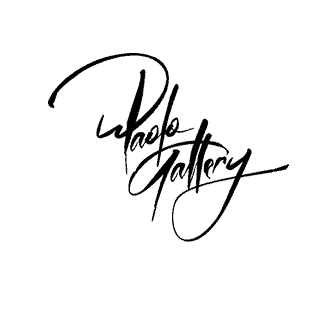

We have no images to display for Botero.
Images related to Botero are not yet available on this website. We are negociating with the copyright owner(s), the DMCA or the artist directly, for the publication and the oil painted reproductions of Botero.
The images, actually under copyright laws, will appear here as soon as we conclude an arrangement, or when they will be on the public domain.
Some images are already visible on the internet for your pleasure. Click here
While waiting for this happy outcome, you can use the form below to receive a free quote from our workshop, without obligation on your part, for the painting of your choice.